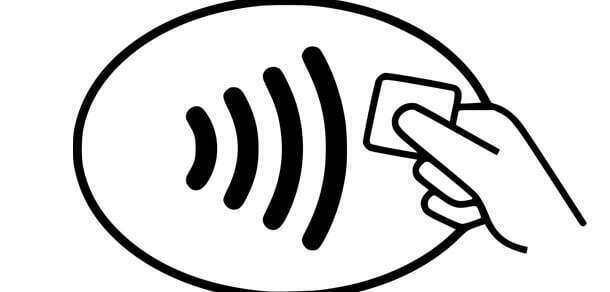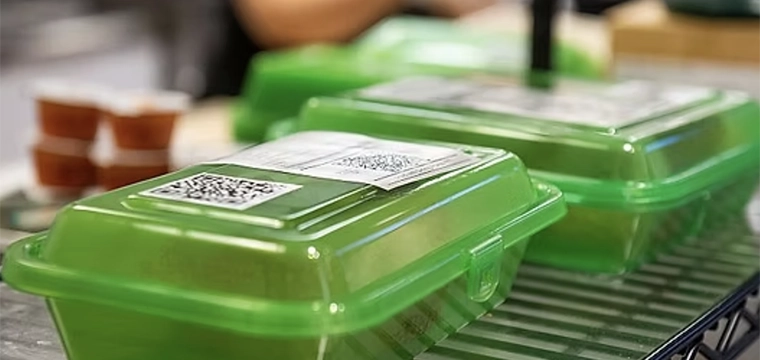
New programs expand use beyond access into full array of campus card functions
The contactless readers have proven to be revenue drivers. Vending sales, previously managed with a contact smart chip in the EagleCard, required students to maintain separate accounts for vending purchases. With contactless readers managing purchases across campus, the university now offers students a multi-use account known as BeakerBucks, making it easy to spend and manage EagleCard funds. EagleCard-based vending sales have increased nearly 10% since the change was made, Snedegar says.
Switching to the contactless readers has been a relatively painless process and not too expensive, Snedegar says. The readers deployed at the bookstore, print station and dining services cost less than $250 each.
Deploying contactless at Morehead has given the university unlimited potential for the card, Snedegar says. There are plans underway to extend the contactless infrastructure to Morehead’s regional campuses in Ashland, Prestonburg, West Liberty, Jackson and Mount Sterling. The university is also exploring the use of the card for logical access.
“The sky is the limit,” Snedegar says. “It’s a work in process and our goal is to eventually be contactless everywhere on campus.”
At Morehead we discussed whether the stripe would be a thing of the past, Snedegar says. But since the card can be connected to a U.S. Bank account, the mag stripe was necessary for debit purchases and ATM transactions.
Campus card business consultant Bob Huber agrees noting that mag stripes won’t be going away anytime soon. “I think they’ll be around for another 20 years,” he says. “You need to have a mag stripe on the card for merchant acceptance.”
But Huber says contactless on campus may see significant increases in the coming years. Wear and tear on readers and cards is less with contactless than mag stripe and campuses can see a significant cost reduction on that alone, Huber says.
Traditional magnetic stripe readers should have a life of five to eight years, while contactless readers should have an expected life of 15 years or more. Add in the cost of labor for trouble-shooting and service fees for maintenance and repair and contactless provides a total cost of ownership half that of magnetic stripe readers, says Huber.
The reliability of contactless is also on par with mag stripe, suggests Huber adding, “the problem with defective cards is about the same as with mag stripe.”
Read Winkelman, vice president of sales for colleges and universities at CBORD, says interest in contactless on campus is growing. The interest started out of the convenience factor but is growing because of the better security. “As security concerns in general increase, campuses are looking for anything that is more secure, that’s part of what’s driving the interest in contactless,” Winkelman says.




